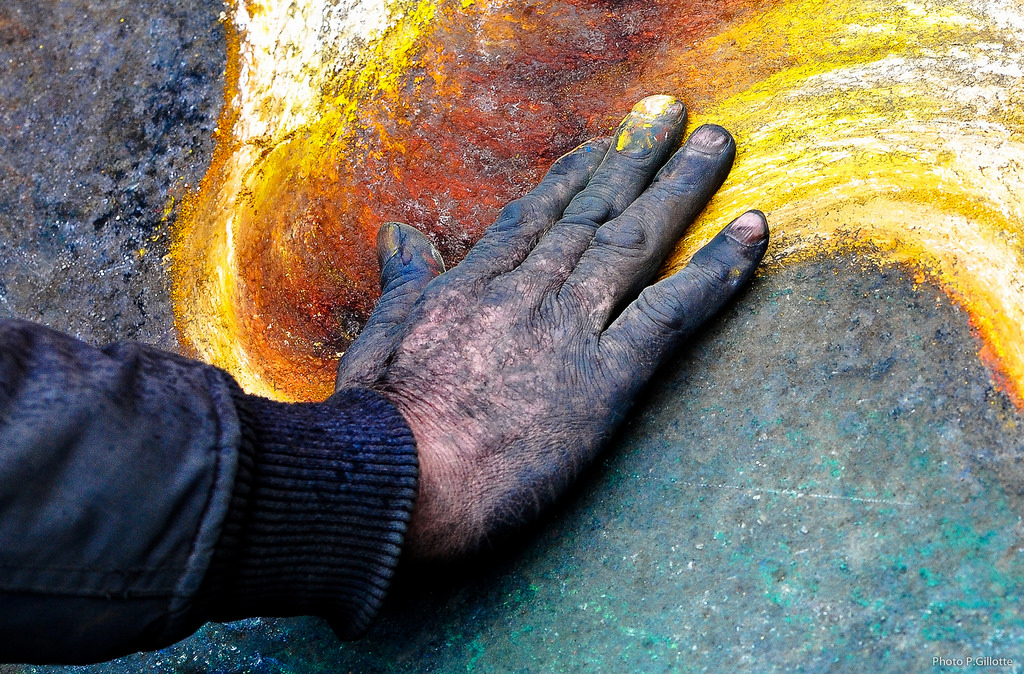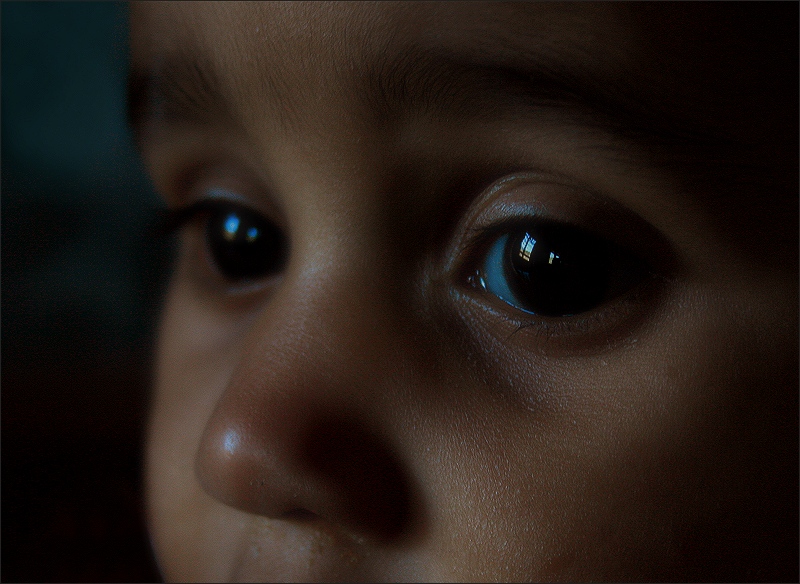Mental illness is not common knowledge for anyone. Majority of us have been misinformed, fed with little or no knowledge about the various mental illnesses that threaten human existence. This limits our understanding to just the commonly discussed mental illnesses that are often wrong, and consequentially makes us wallow in various myths that surrounds mental illness. This also has been unknowingly keeping us trapped in some day-to-day struggles we thought to be normal.
Studies show that, the following fascinating dynamics that often keep us from being ourselves have been fully diagnosed and listed as some of the mental illnesses that waste life:
Trichotillomania.
Trich (irresistible hair-pulling-disorder), is the recurrent pulling of one’s hair out. This under-diagnosed impulsive control disorder occurs in up to 3.4% of adults. Trichotillomania (pronounced trick-o-till-o-mania), a manifestation of anxiety that causes hair-pulling; involving head hair, eyebrows, eye lashes and hair at any other part of the body.
According to Douglas Woods, PhD, Professor of Psychology at the University of Wisconsin-Milwaukee.
Trichotillomania is a “poorly understood disorder” that affects “lots of people,” primarily females.
The estimated lifetime prevalence in adults ranges between 0.6% and 3.4%. TTM seems to have a bimodal age of onset, Wood added.
A close acquaintance of mine has it, says Dan Knight, top writer on quora. She’s had it for as long as I’ve known her and now has a fairly substantial bald patch on her head.
When she was six she lost her mother and ever since she’s battled with her weight and confidence. It’s not limited to her head, she will also pull her eyelashes, added Dan.
Treatment elements for Trichotillomania, according to Martin Franklin, PhD, Associate Professor of Clinical Psychology in Psychiatry at the University of Pennsylvania., include psychoeducation, stimulus control, and competing response training.
Munchausen by proxy syndrome (MBPS).
This mental illness is a rare form of child abuse that compels mothers to harm their child in order to feel self worth.

